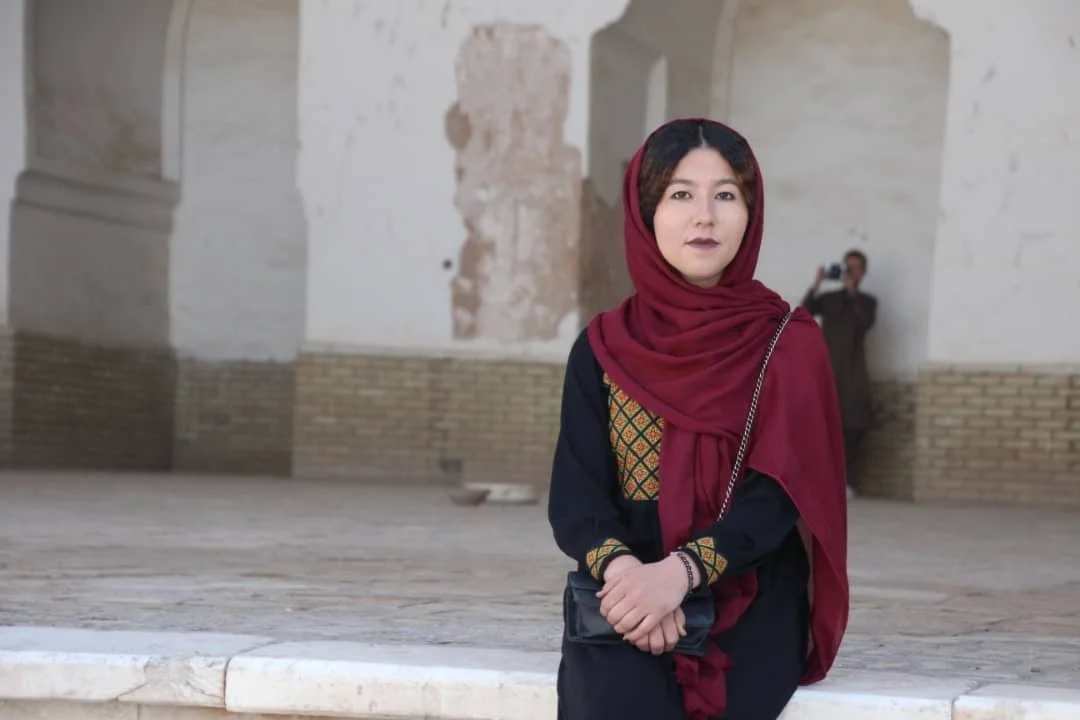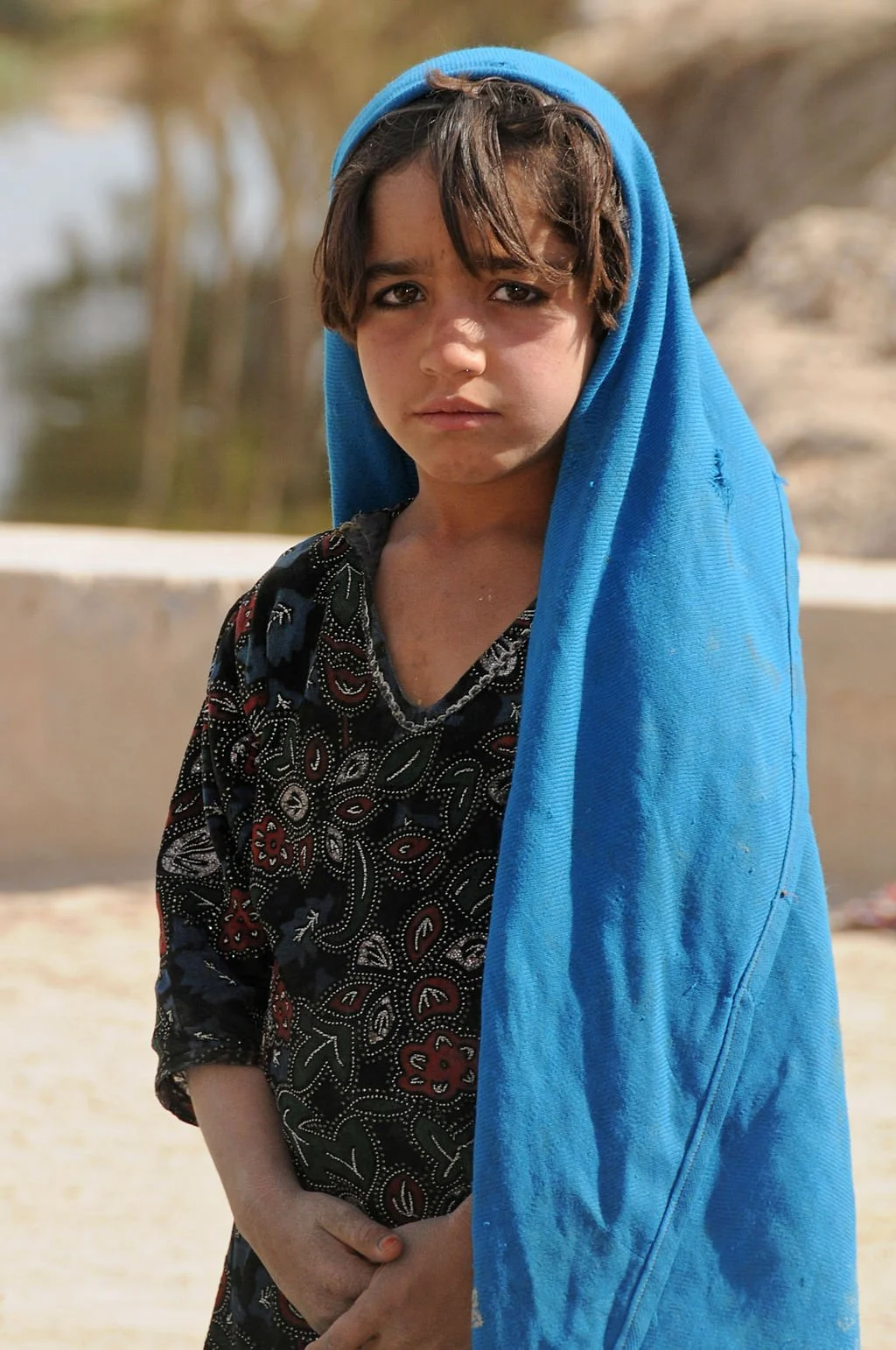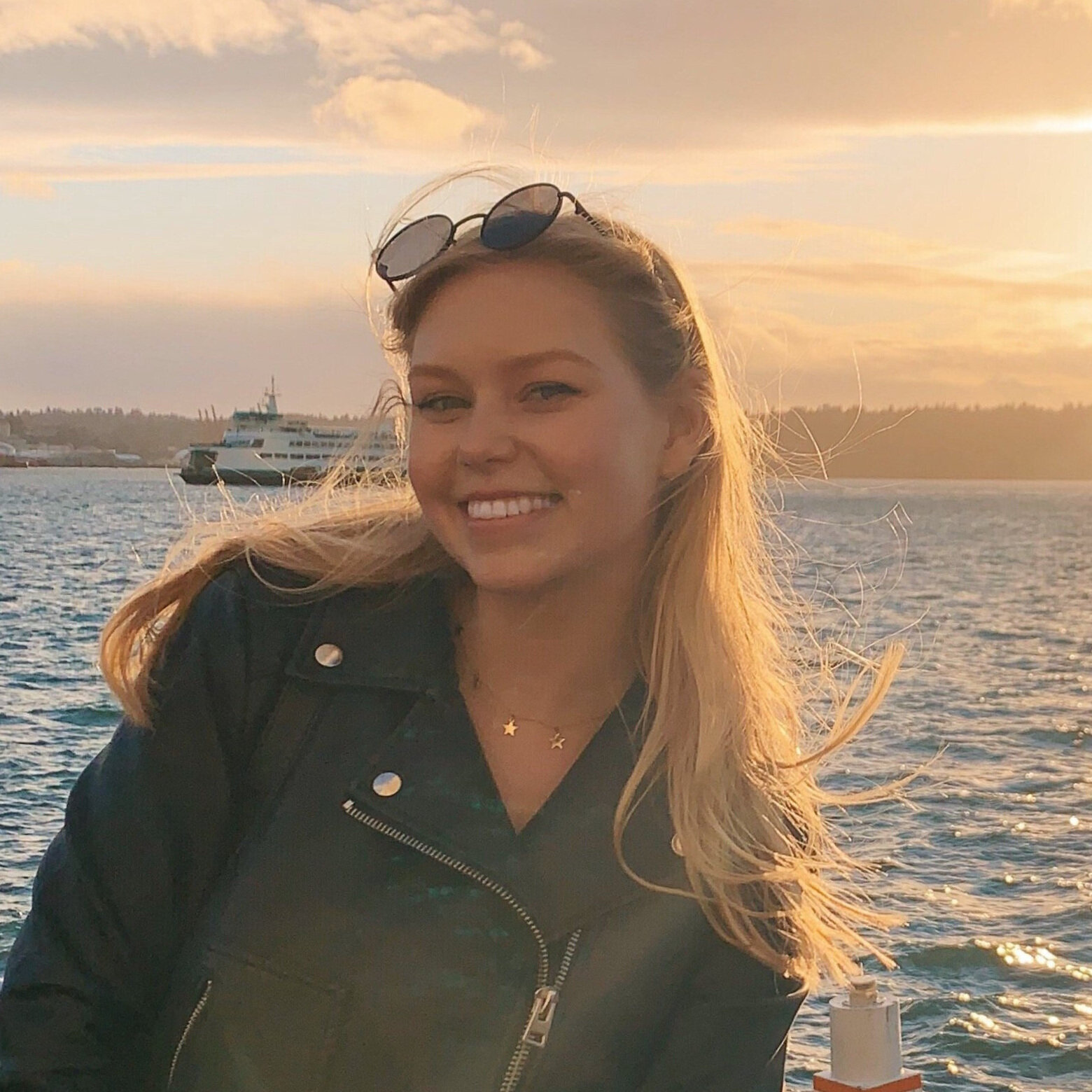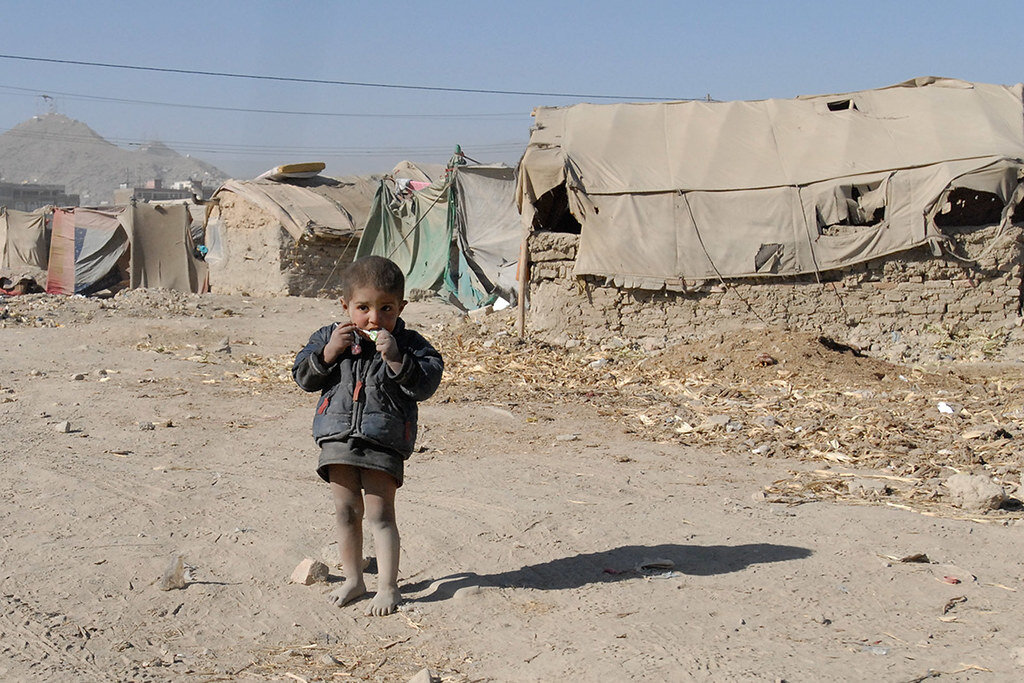After losing access to education, Afghan women advocate for rights through silent schools and public outcry.
Women’s Education in Afghanistan. United Nations Photo. CC BY-NC-ND 2.0.
In August 2021, the Taliban returned to power in Kabul, Afghanistan, after the previous government collapsed. An Islamic fundamentalist organization, the Taliban emerged in Afghanistan in the mid-1990s as a small religious group focused on combating corruption, but quickly grew into a harsh regime based on an extreme understanding of Sharia, or Islamic law. While the regime was overthrown in 2001, Taliban offensives and the withdrawal of US and NATO forces from the country allowed their return. Along with instituting several bans on popular culture, the Taliban banned girls from attending secondary school, violating their right to education.
Following this initial ban, Afghanistan’s gender inequality has grown exponentially. In conjunction with this educational ban, the Taliban has prioritized a focus on religious studies over traditional curriculum, dictating what women are supposed to wear, how they act, where they travel and how sex segregates the workplace. As a result, Afghan women have grown more vulnerable — constricted in their livelihoods and forced to be dependent on men. However, in the wake of this inequality, a fight for women’s right to education has grown against the Taliban. For example, many Afghan women are continuing their education despite the ban. In underground locations, usually inside homes, volunteer teachers and families educate girls in secret schools. If any of these schools were to be discovered by the Taliban, those involved would face harsh punishment, including imprisonment, beating or even execution. Even with this daily threat, teachers and students bravely continue in the fight for equal education.“I know I cannot give up and must keep going for their sake,” secret teacher Maryam Ahmadi said in an interview with Al Jazeera. “The other teachers and I are doing our best to keep the hope of Afghan girls and young women alive.” Some instructors have found loopholes in the unjust system, setting up learning centers as girls’ religious schools or tutoring centers. In an interview with NPR, female teacher Zainab described how the Taliban allowed her to informally run her tutoring center since it “offers classes for English and Quran memorization.”
Since 2021, women have fought through protest in a public outcry for equality. A large demonstration in December 2022 saw Afghan women gathering in the streets of Herat, after an initial ban on female university attendance. In response, Taliban groups threatened protestors and forced them to disperse. Protests continued, with another occurring in March 2023, as women gathered outside Kabul University after men returned to school for a new academic year. The Taliban again responded by dispersing the group and forcing them to leave the university. With the rise of such protests, those involved have not only faced aggressive counterattacks by Taliban militants but also have been jailed, undergoing further degradation and abuse. However, despite constant pressure and intimidation by the Taliban, women continue to fight for their right to education. “It is the power of women to stand against the Taliban and demand their rights,” echoed Wahida Amiri, a member of Afghanistan's Women Spontaneous Movement, in an interview with Amnesty.
GET INVOLVED:
Those looking to help protect the right to education can donate to numerous organizations dedicated to supporting Afghan women, including the International Rescue Committee, Women for Afghan Women, the Malala Fund, Sahar Education or Afghan Relief. Individuals can also champion equal rights by getting involved with work done by groups such as UNICEF, Education Cannot Wait or Care, who speak out to the government and international institutions about making a change.
Julia Kelley
Julia is a recent graduate from UC San Diego majoring in Sociocultural Anthropology with a minor in Art History. She is passionate about cultural studies and social justice, and one day hopes to obtain a postgraduate degree expanding on these subjects. In her free time, she enjoys reading, traveling, and spending time with her friends and family.


























































































